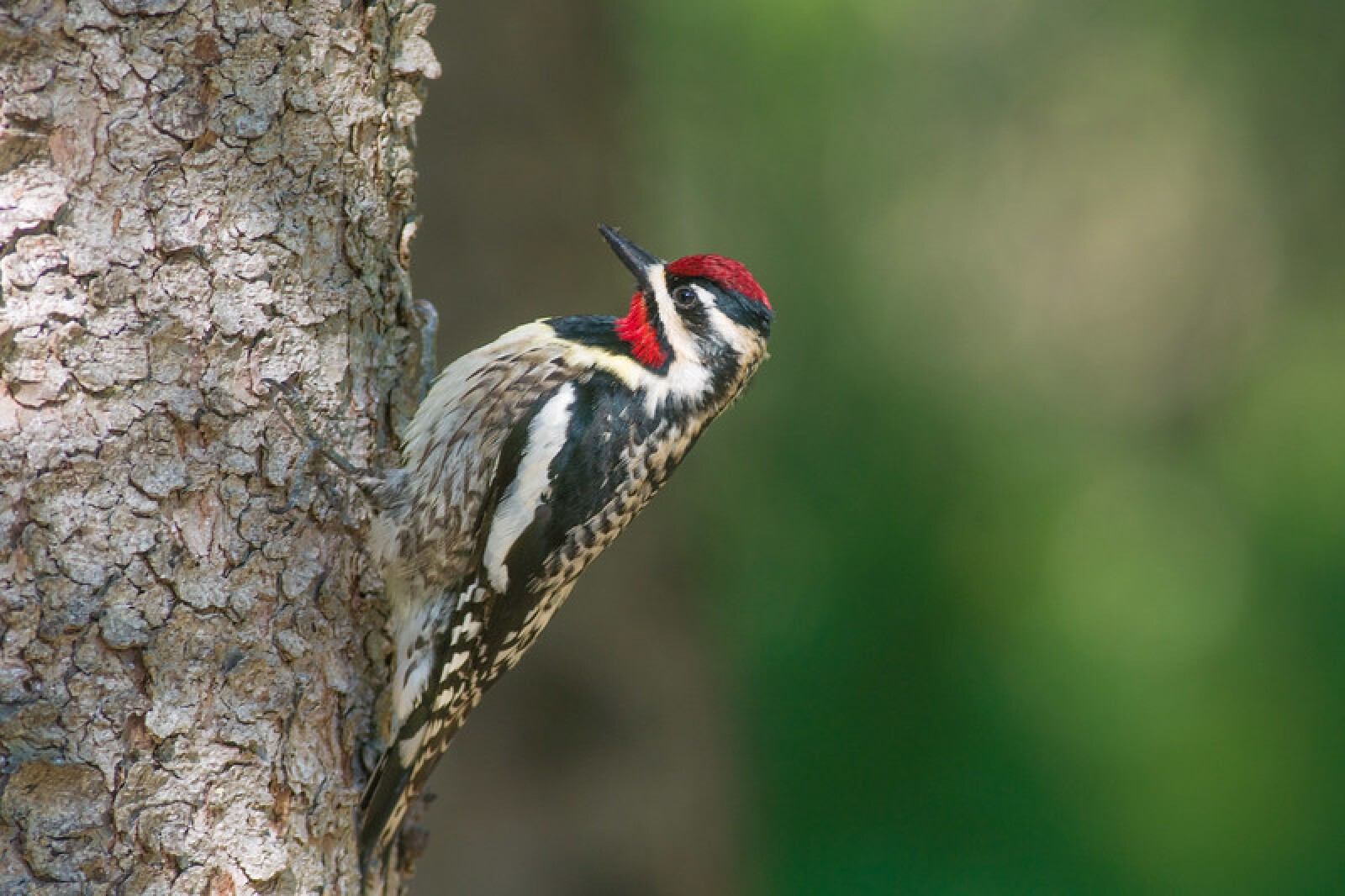It’s cool when I step outside this morning. The yard is quick to reveal spring happenings. Forsythias have opened large yellow flowers.
Though smaller, but more numerous, are the red blossoms of red maples — male and female trees. Catkins hang from aspens, willows, alders and hazels. Male hazel catkins are now mixed with small purple female flowers. Though far from flowering, elder buds are starting to open green leaves on nearly always the first leafing tree.
In the yard is a flock of at least 40 juncos feeding on seeds that had fallen off the bird feeder. These migrants mingle with chickadees, nuthatches, woodpeckers and blue jays that stayed all winter and the resident chipmunk.
I wander along the road, where I meet more juncos. These are mixed with other sparrows: fox, song, white-throated and tree sparrows.
In nearby trees, a purple finch and a mourning dove are singing. A newly arrived flicker flies over. My route takes me by a swamp. Moving through the open water are pairs of hooded mergansers and mallards. Canada geese call from the selected site where they plan to nest.
Out among the cattails, red-winged blackbirds are sounding their “conch-a-lee” songs, proclaiming territory and nesting locations to other males (females arrive later).
And in the water is another resident, a muskrat swims by. The adjacent woods is the home of a ruffed grouse that does wing drumming while a migrant woodpecker, the yellow-bellied sapsucker, drums loudly with its bill.
I continue and go by a field where I watch the soaring raptors of northern harriers, turkey vultures and bald eagles. In the distance, I hear the guttural calls of sandhill cranes. Reaching a fairly large pond, I stop before I take the return trip back home. Here, I see more migrant water birds: several ring-necked ducks and a pair of blue-winged teals. The local beaver is enjoying the sunlight.
As the day warms, there are more activities in the bright spring sunlight. Along the path to the lake, I scare up an early-rising butterfly: a mourning cloak. As usual, this kind is the first butterfly of the season.
In the woods along the trail, I note the movement of a tiny bird, a kinglet flitting, among the branches. At the bay, late morning sunlight causes a population of painted turtles to climb up out of the chilly water and bask in the warmth. The log is crowded with about 50 of these shelled reptiles. (Hard to believe this many, I count several times.)
From farther in the lake, the resident loon calls telling of another season. A kingfisher patrols the shore and I watch an otter swim across the bay.
With the warming temperatures, the vernal ponds hold water, recently formed from melted snow of late-March storms. After being quiet in the chilly morning, vocals of wood frogs and chorus frogs can be heard as I walk nearby.
This spring day happenings are still not finished and as I approach the house on my return trip, I see other migrant birds in the yard. Hopping in their usual pose, a pair of robins seek food and breeding sites. A cousin a bit smaller and brown, a Swainson’s thrush, hops here, too.
In the trees of the yard, I see the gray phoebe as it sits and flicks its tail.
More active in the branches is the first warbler of the season: a yellow-rumped warbler. This bird is consistently the No. 1 warbler each spring. I had gone only about a mile, but this has been quite a late April walk. Tomorrow will be another.

Retired teacher Larry Weber, a Barnum resident, is the author of several books.
